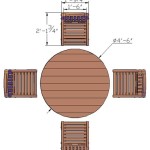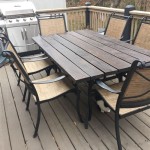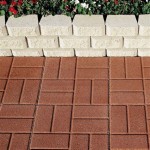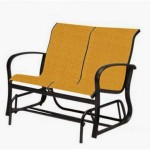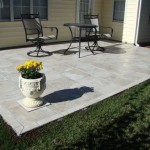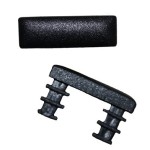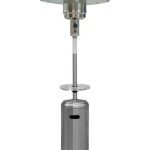Essential Aspects of Pavers for Patios: A Comprehensive Guide
Patios are a fantastic addition to any outdoor space, providing a place for relaxation, entertainment, and dining. Pavers are a popular choice for patio surfaces due to their durability, versatility, and aesthetic appeal. However, choosing the right pavers for your patio is crucial to ensure satisfaction and longevity. Here are some essential aspects to consider when selecting pavers for your patio:
Material
Pavers are available in a variety of materials, including natural stone, concrete, brick, and porcelain. Each material has its own unique characteristics, durability, and price range. Natural stone pavers, such as granite and travertine, are highly durable and provide a classic, elegant look. Concrete pavers are a popular choice due to their versatility, affordability, and wide range of colors and textures. Brick pavers offer a traditional and charming aesthetic, while porcelain pavers are renowned for their durability, low maintenance, and resistance to fading and scratching.
Size & Shape
Pavers come in a variety of sizes and shapes, which can significantly impact the overall look and style of your patio. Smaller pavers, such as 6x6 or 8x8 inch squares, create a more formal and refined appearance. Larger pavers, such as 12x12 or 16x16 inch squares, provide a more modern and spacious feel. Rectangular pavers can be used to create unique patterns and layouts, while circular or hexagonal pavers add a touch of whimsy and interest.
Color & Texture
The color and texture of your pavers can dramatically transform the aesthetic of your patio. Neutral colors, such as gray, beige, or brown, create a classic and timeless look that complements any style of home. Darker colors, such as black or charcoal, can create a more dramatic and sophisticated atmosphere. Textured pavers, such as tumbled or brushed finishes, add depth and character to your patio, while smooth pavers provide a more sleek and modern appearance.
Installation
The installation of your pavers is essential for ensuring the longevity and stability of your patio. Proper installation requires a solid base, such as a concrete slab or compacted gravel, to prevent sinking or shifting. The pavers should be laid on a level surface and spaced evenly, with joints filled with sand or polymeric sand to prevent weeds and insects. Professional installation is recommended to ensure the best results and prevent costly repairs in the future.
Maintenance
Regular maintenance is essential to keep your pavers looking their best and extend their lifespan. Pavers can be cleaned with a mild detergent and water, and occasionally sealed to protect them from stains and weathering. Remove weeds and debris from the joints to prevent damage and ensure proper drainage. By following these maintenance tips, you can enjoy your beautiful paver patio for many years to come.
Choosing the right pavers for your patio requires careful consideration of material, size, shape, color, and installation. By taking these aspects into account, you can create a stunning and functional outdoor living space that will enhance your home and provide years of enjoyment.

10 Tips And Tricks For Paver Patios

Planning For A Paver Patio Ideas And Inspiration Town Country Living

Take The Fun Outside With A Paver Patio Seattle Times

450 Best Patio With Pavers Ideas Paver Design

Outdoor Living Space With Patio Pavers In Rockland County Orange Ny E P Jansen Nursery Stoneyard

14 Paver Patio Ideas For The Best Backyard Retreat

How To Build A Paver Patio It S Done Young House Love

A Quick Guide To Permeable Paver Patios Truegrid Pavers

5 Patio Design Decisions You Will Need To Make Before Hiring A Professional Install Your New D2 Landscaping

Top 60 Best Paver Patio Ideas Backyard Dreamscape Designs Outdoor Pavers

